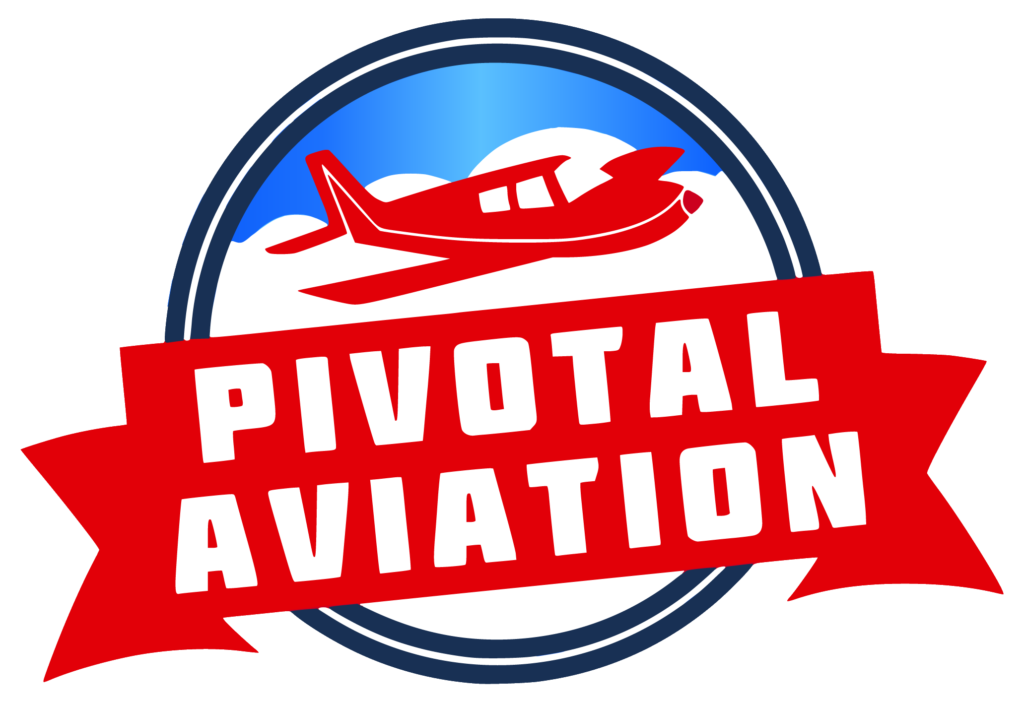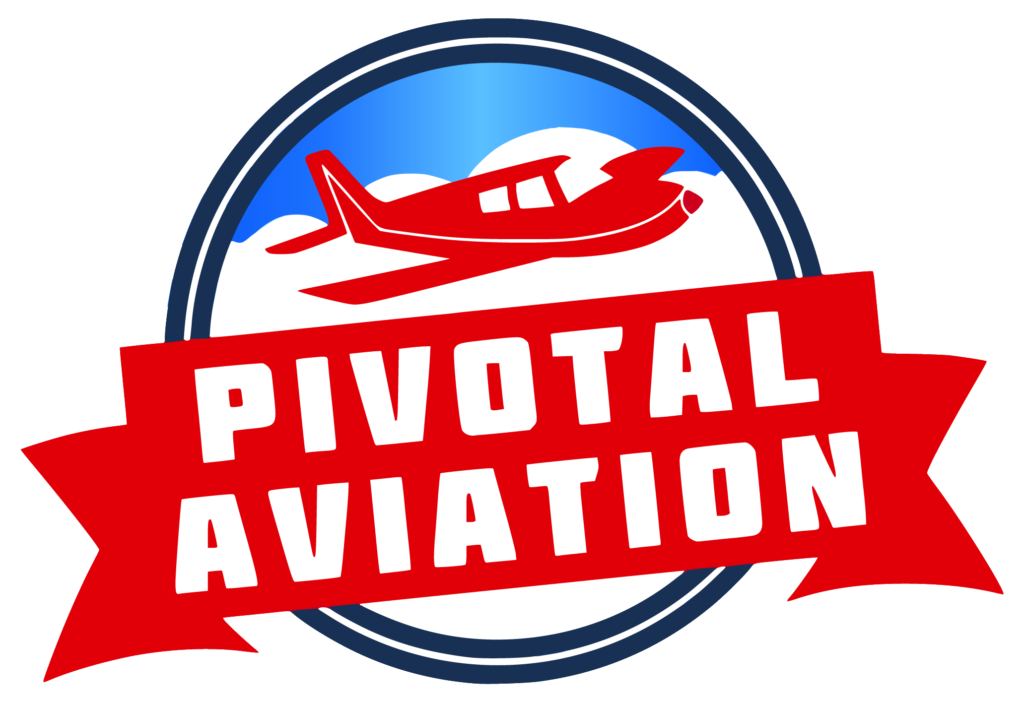Training Programs
Private Pilot’s License
A Private Pilot’s License (PPL) is the foundational license for aspiring pilots that allows individuals to fly aircraft for personal and recreational purposes. As the first license that most pilots obtain, it is the foundation on which all future licenses are built. During training for this license, student pilots learn the basic skills and knowledge necessary to operate small aircraft in various conditions. To obtain a PPL, a student must complete a combination of flight training and ground school with an instructor, pass a medical exam, and successfully complete a written exam and flight test with an FAA examiner. With a PPL, you can fly a variety of basic aircraft, take passengers for flights, and enjoy the freedom of flying.
Instrument Rating
Commercial Pilot License
A Commercial Pilot’s License (CPL) is a certification that allows pilots to be compensated for their flying services. It is a significant step beyond a Private Pilot’s License (PPL) and requires more advanced training, skills, and knowledge. To obtain a CPL, pilots must complete additional flight hours, undergo training in advanced flight maneuvers, navigation, and emergency procedures, and pass both a written exam and a check ride with an FAA examiner. To operate as a commercially rated pilot one must meet higher medical standards. Holding a CPL opens the door to a wide range of career opportunities in aviation, including flying for aerial tours, charter services, cargo companies, flight instruction, and other commercial operations.
Certified Flight Instructor
A Certified Flight Instructor (CFI) License allows experienced pilots to teach others how to fly. It is an essential certification for those wishing to help train the next generation of pilots. To earn a CFI, pilots must already hold a Commercial Pilot’s License (CPL). The CFI license requires additional training focused on teaching techniques, instructional skills, and the ability to evaluate and correct student performance. Pilots must pass a written exam, demonstrate their ability to instruct during flight training, and complete a check ride with an FAA examiner. Being a CFI allows pilots to gain valuable experience while building flight hours.
Airline Transport Pilot
An Airline Transport Pilot (ATP) License is the highest level of pilot certification, required for those who wish to work for major commercial airlines and other large-scale aviation operations. To earn an ATP license, pilots must meet stringent experience requirements, complete advanced training in areas such as flight planning, aerodynamics, and crew resource management, and pass both written exams and a rigorous flight test. To operate with an ATP license one must also maintain a higher level of medical fitness. This license represents the pinnacle of a pilot’s career, enabling them to operate complex aircraft under commercial flight conditions, often in challenging environments, and manage large flight crews.

